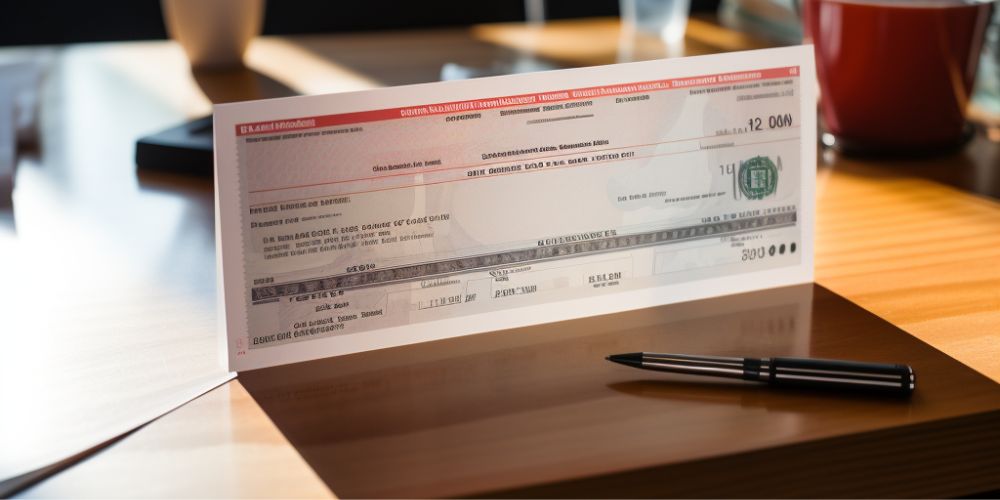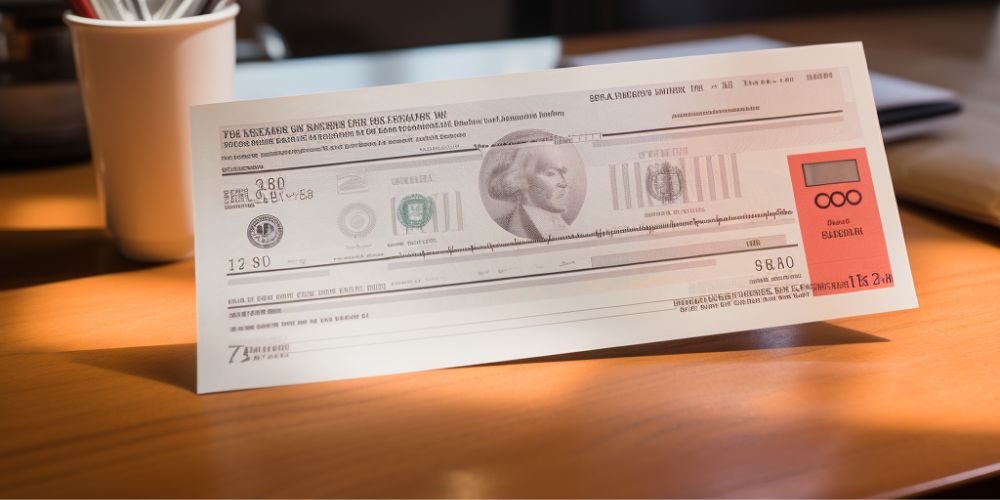Money orders are widely used for secure transactions, particularly when personal checks are not accepted or when a more secure payment method is required.
Ensuring accuracy when filling out a money order is crucial, as any mistakes can lead to complications and delays. Many people wonder if they can correct errors on a money order by using white-out.
So, can you white out a money order?
In this article, we will explore whether white-out can be used to correct mistakes on a money order, why it is not recommended, and the proper steps to take when errors occur.
Can You Make Changes to a Completed Money Order?
When it comes to making changes on a money order, the policies and restrictions set by financial institutions and money order issuers play a significant role.
Unfortunately, altering or correcting a money order is not as simple as using white-out to rectify mistakes. Most issuers explicitly state that any alterations or corrections made to a money order will render it ineligible for cashing.
Implications of Making Changes to a Money Order
The strict policies regarding altering money orders exist for valid reasons. From a security standpoint, allowing alterations or corrections to money orders would open the door to potential fraud and abuse.
Financial institutions rely on the integrity and accuracy of money orders to ensure smooth transactions and protect their customers.
Therefore, any changes made to a money order could cast doubt on its authenticity and legal standing.

Can You White Out A Money Order?
Well, it’s not recommended to white out a money order, because it may create unnecessary hassles.
Security Reasons for Not Allowing Corrections
White-out is not recommended for correcting mistakes on money orders due to security concerns.
Financial institutions and money order issuers consider any sign of tampering or alteration a red flag. Using white-out can raise suspicion, and lead to the rejection or refusal of the money order by banks or other institutions when presented for cashing.
Financial Institutions’ Standpoint on Altered Money Orders
Financial institutions, including banks and check-cashing establishments, have strict policies and procedures in place to prevent fraud and ensure financial compliance.
When presented with a money order that shows signs of alteration or correction, these institutions are likely to reject it. This not only protects their business, but also safeguards customers from potential scams and financial loss.
Risks of Using White Out on a Money Order
While white-out may seem like a quick and simple solution to fix errors on a money order, it comes with significant risks.
Apart from being a security concern, using white-out can render the money order unreadable or cause smudging, making it difficult to process.
If the corrections are not clear and legible, the money order may be rejected or delayed, leading to frustration and inconvenience for both the sender and the recipient.
How to Correct Mistakes on a Money Order
Prevention is key when it comes to avoiding mistakes on money orders. Before submitting a money order, take the time to double-check all the details, ensuring that everything is accurate and spelled correctly.
However, if an error is discovered after the money order has been completed, follow these steps to rectify the situation:
Contacting the Issuer
As soon as you notice an error, contact the organization or establishment that issued the money order.
Explain the situation and inquire about their specific procedures for correcting mistakes. Some issuers may allow you to cancel the money order and issue a new one, while others may require additional steps.
Canceling and/or Replacing the Money Order
If canceling the money order is necessary, be prepared to provide the issuer with the necessary information, such as the amount, the sender’s name, the recipient’s name, and the money order’s serial number. There may be a fee associated with the cancellation process.
Once the money order is canceled, you can request a replacement. Follow the issuer’s instructions for obtaining the new money order.
Cost and Procedures for Cancellation
It is important to note that canceling a money order incurs a fee in most cases. The fee can vary depending on the issuer, but it is typically a small percentage of the money order’s value.
Ensure you are aware of the cancellation fee and any additional procedures required to obtain a replacement money order.

Frequently Asked Questions
How to Get Money Back from an Uncashed Money Order?
If a money order remains uncashed for a prolonged period, you may be able to get your money back by contacting the issuer. They may require proof of purchase and identification before processing a refund.
Keep in mind that there may be a time limit for requesting a refund, typically ranging from one to three years.
What Happens If I Sign the Back of a Money Order?
Signing the back of a money order is usually necessary to endorse it before depositing or cashing it.
By signing, you confirm that you are the intended recipient and authorize the transfer of funds.
However, it is crucial to sign the back only when you are ready to deposit or cash the money order, as endorsements are typically not allowed to be changed or altered later.
Where Can I Cash a Money Order That Is Already Written On?
Cashing a money order that is already written on can be challenging, as many financial institutions are cautious about accepting altered or corrected money orders.
It is advisable to contact the issuer and explain the situation. They may provide guidance or suggest alternative solutions on how to proceed.
Can a Money Order Have Two Names on It?
Yes, it is possible to have two names on a money order. This allows for either person to deposit or cash the money order.
However, both parties listed on the money order need to endorse it by signing the back before it can be processed.
Conclusion
When it comes to correcting mistakes on money orders, using white-out is strongly discouraged.
Financial institutions and money order issuers have strict policies regarding any alterations to money orders, aiming to protect both the integrity of the transaction and the security of their customers.
Instead, it is essential to follow the proper procedures for rectifying errors, which typically involve contacting the issuer, canceling the money order, and obtaining a replacement.
By adhering to these steps and ensuring accuracy during the money order process, you can avoid complications and facilitate smooth transactions.


 Tags:
Tags:










